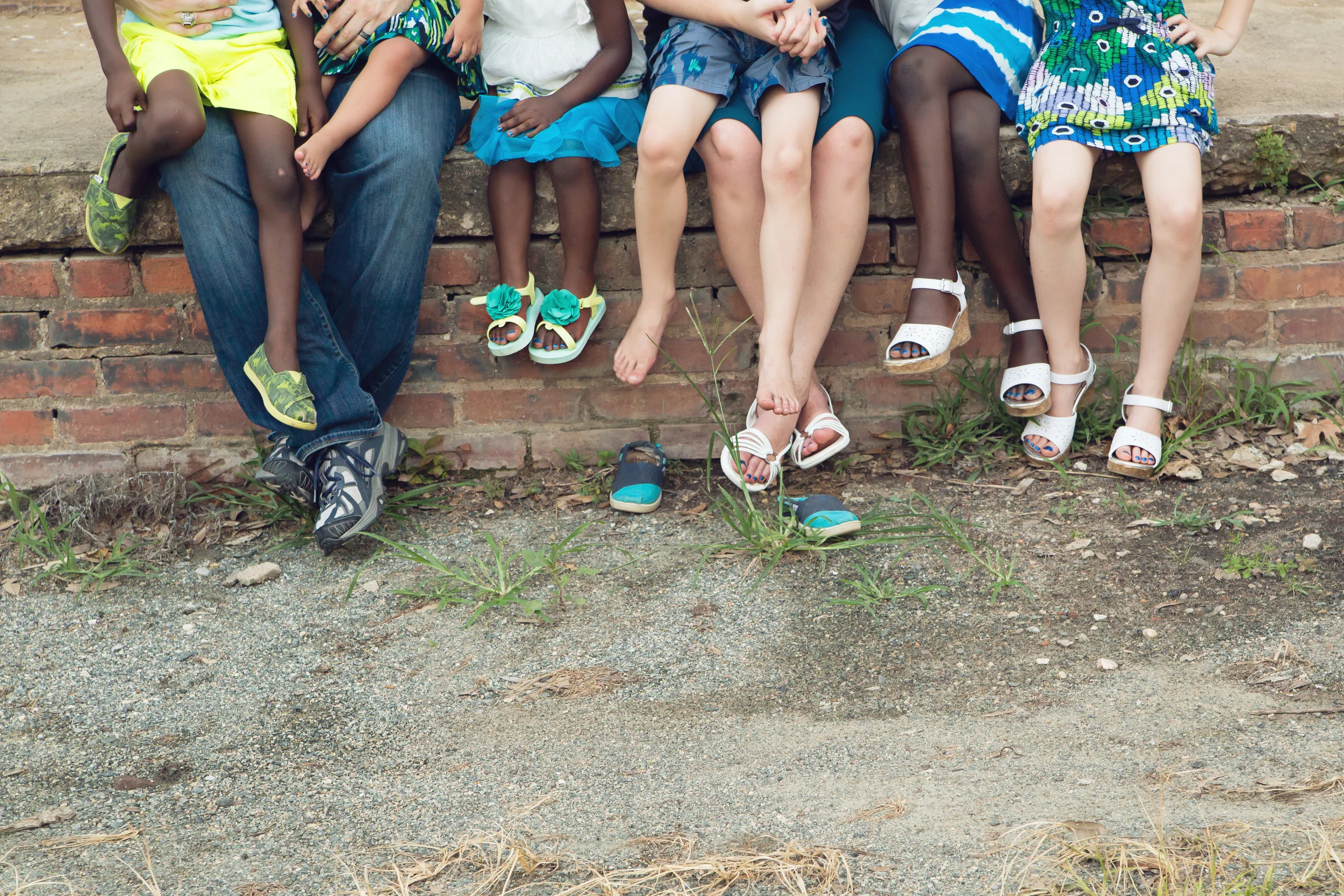"Fair" doesn't mean "the same" (part 3: how)
/
On Monday, I posted about why modifications and accommodations may be necessary in special needs ministry. Yesterday, I defined the terms. (If you missed either of those posts, please read them before continuing with this third installment!)
And today I promised to share specific strategies. This is not meant to be a complete list, but it should give you an idea of the types of changes that could be useful. (However, as we'll see in the posts coming tomorrow and Saturday, we need to keep in mind that each is chosen on an individual, case-by-case basis.) Without further ado...
Accommodations (changes to how content is taught or presented)
Come back tomorrow for questions you can use for selecting the right modifications and accommodations to use, in part 4: helpful questions, and Saturday for a paradigm to use in decision-making, in part 5: making the right decisions.
And today I promised to share specific strategies. This is not meant to be a complete list, but it should give you an idea of the types of changes that could be useful. (However, as we'll see in the posts coming tomorrow and Saturday, we need to keep in mind that each is chosen on an individual, case-by-case basis.) Without further ado...
Accommodations (changes to how content is taught or presented)
- Presenting instructions in multiple ways, offering clarification as necessary
- Posting visuals, like a stop sign by the door to remind individuals not to exit the classroom without permission
- Providing reminders to help students stay on task or focus
- Creating and implementing an elopement plan for individuals at risk for leaving
- Choosing a different classroom that you would typically use (so that a wheelchair can be accommodated, for example, or so that more space is available for a child with sensory integration difficulties to have a cool-down corner)
- Enlarging font size
- Providing sign language interpreters and/or providing reserved seating near the front for individuals who need to read the lips of the preacher
- Allowing a person to answer in a different way (i.e. nonverbal responses if speech ability is limited; verbal responses if written one are difficult; and so on)
- Including open spaces in which wheelchair seating can be accommodated without forcing people to sit in the aisles
- Teaching in a multi-sensory way to target different learning styles (i.e. incorporating visuals, audio, movement, and touch whenever possible)
- Letting a child listen instead of singing during music time
- Splitting one class into two for someone who does better with smaller settings
- Providing preferential seating, adaptive furniture, and/or special lighting or acoustics.
- Positioning yourself near a student who needs more frequent redirection or who does better with closer proximity to you
- Offering alternate worship areas (for example, we offer a smaller worship setting in which the service is projected on large screens, as well as our larger sanctuary)
- Posting schedules, which can help provide a predictable structure for kids who need that
- Limiting distractions
- Using technology to augment lessons or to assist learning (for the group or the individual; i.e. we have a high school student who is nonverbal, using an audio Bible device to "read" aloud during class and texting his leaders prayer requests that he wants them to pray out loud)
- Providing a Bible story page with visuals
- Creating a graphic organizer for students to jot down their notes during a sermon or class (for examples, see here and here)
- Avoiding idiomatic expressions or sarcasm for students who think in more literal or concrete ways
- Using more stringent good health policies (for example, in a class with a child who is medically fragile)
- Creating a separate class for children with disabilities (even when this class uses the same exact curriculum, learning it in an environment separate from non-disabled peers does typically change what is learned and not just how it is learned)
- Using a different curriculum, such as one designed for people with special needs (a few are available, but I'm most familiar with Lifeway's Special Buddies for elementary and we use Access in our separate class for teens and adults) or one designed for younger children (for example, using elements from a preschool curriculum for an elementary-aged student)
- Simplifying what it taught or teaching a child one-on-one instead of in the larger group (which is what we do for one child who hasn't successfully been part of the Bible teaching time in his class; instead, he and his buddy do related puzzles and talk about the same story at a level suitable for him)
- Prioritizing different content for different students
- Changing expectations for students based on their needs (for example, one preschooler with Down syndrome only learned one Bible verse during a year in AWANA at our church - a feat that we celebrated with him and his family because he met reasonable expectations for his abilities!)
Come back tomorrow for questions you can use for selecting the right modifications and accommodations to use, in part 4: helpful questions, and Saturday for a paradigm to use in decision-making, in part 5: making the right decisions.
